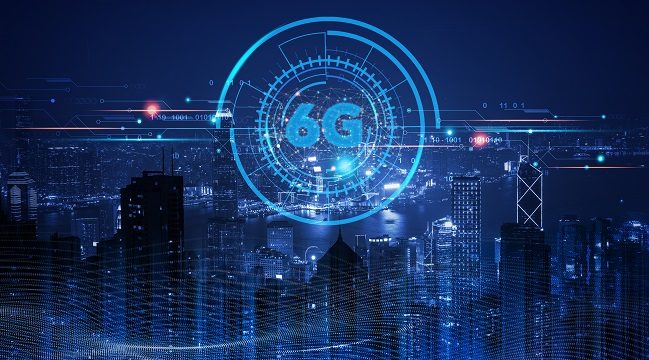Analyst firm Juniper Research was one of the first to predict early 6G numbers, predicting that the technology could be delivered within two years of an expected 2029 launch, assuming potential technical issues are resolved. We predict that we will reach 290 million connections worldwide.
The company flagged challenges expected in the network generation, such as interference issues arising from the use of high frequency spectrum. The company noted that minimizing this is the most pressing concern for carriers using 6G.
Compared to current 5G networks, 6G is predicted to provide 100 times more throughput.
However, the technology is still in the development stage, standards are undefined, and many carriers have not yet launched standalone 5G.
Juniper Research noted that operators should invest in Reconfigurable Intelligent Surface (RIS) technology to reduce interference caused by large objects. It claims to work by “deliberately reflecting and refracting 6G mobile signals, allowing data packets to navigate around physical obstacles.”
Research analyst Alex Webb said: “Initial 6G coverage will be in the most geographically populated areas to serve as many users as possible. This is key to delivering valuable 6G services to both enterprise customers.”
At a time when Juniper Research expects 6G connections to reach 290 million, GSMA Intelligence predicts 5G connections to exceed 5 billion in its 2023 Mobile Economy Report.


